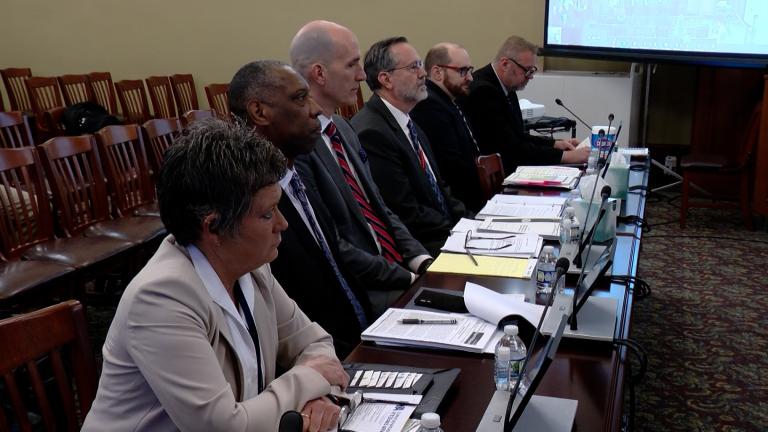News gathering is essential during this pandemic. Whether they’re working from home or reporting from the street, journalists provide information to keep communities safe and healthy.
But government transparency isn’t what it was pre-pandemic. Mayor Lori Lightfoot has almost halted answering Freedom of Information Act requests. With Gov. J.B. Pritzker’s executive order 2020-7, portions of the state’s transparency law are suspended, allowing agencies to hold remote meetings with no requirement for public access via video or audio.
“With our documenters program, we’ve seen about more than half of public meetings being cancelled,” said Bettina Chang, co-founder and editorial director at City Bureau, a nonprofit civic journalism lab based on the South Side. “It’s been hard [for government meetings] to adjust to the digital reality.”
Some newsrooms have had to completely shift their focus to coronavirus coverage.
“We haven’t been operating as a breaking news newsroom at all, but when COVID-19 hit we found ourselves naturally becoming a breaking news operation,” said Tiffany Walden, editor-in-chief of The TRiiBE, a digital media platform geared toward black Chicagoans.
In addition to keeping people updated on the latest news from the governor and mayor, Walden said they’re trying to dispel myths about the virus, including that black people are immune to the it or that 5G is to blame.
Jesús Del Toro, director general of La Raza, Chicago’s most widely read Spanish newspaper, said it’s become a balance of juggling stories about the coronavirus with other important stories, like those about the census.
“We have the same foundation of stories on topics like immigration, the census, health care,” Del Toro said. “Except now we have a huge, terrifying tower of the coronavirus over us.”
Chang said the virus is exposing holes in society in terms of how information is provided to communities. Speaking with community groups on the South and West sides, she’s hearing similar concerns about access to — and a lack of — information.
Possibly, the virus could highlight these information gaps to more traditional, larger newsrooms, she added.
“I hope they can see what they’re missing when communities ask for more coverage,” Chang said. “They were not used to getting this coverage so they adapted to spreading information amongst themselves.”








